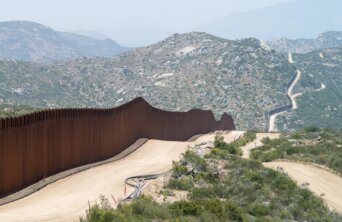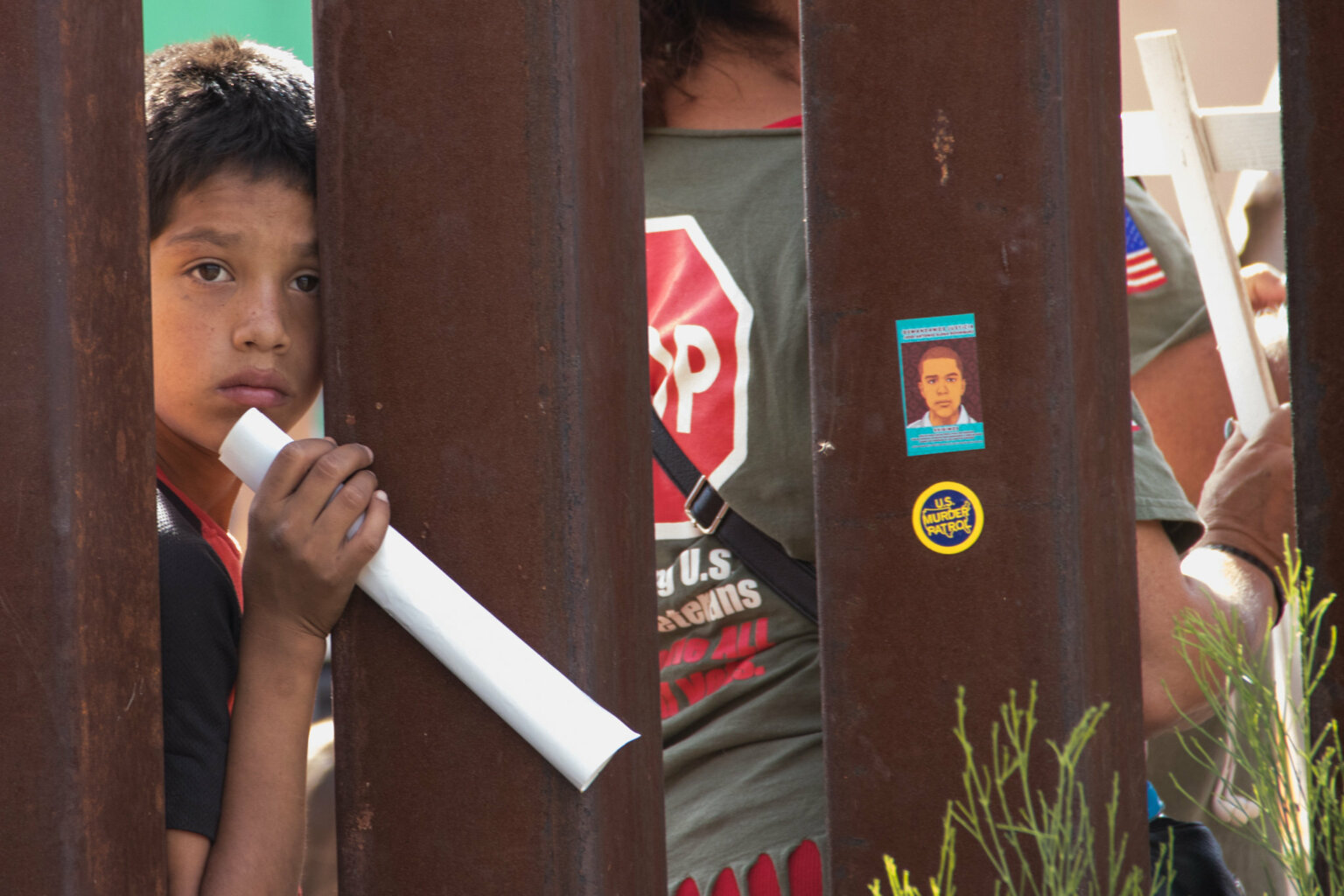- About
- Topics
- Picks
- Audio
- Story
- In-Depth
- Opinion
- News
- Donate
-
Signup for our newsletterOur Editors' Best Picks.Send
Read, Debate: Engage.
| topic: | Migration |
|---|---|
| located: | USA, Mexico |
| editor: | Ellen Nemitz |
The flow of migration from Latin American countries poses several challenges given the complex humanitarian aspects involved. According to the United Nations Refugee Agency (UNHCR), more than seven million people are now displaced in the Americas while the number of asylum applications continues to increase: currently, one-in-four of the UNHCR's persons of concern live in the Americas, while five years ago it was one-in-six.
Latin Americans may be forced to flee their homelands due to poverty, continuous economic and political instability (such as in Venezuela), climate crisis, violence, persecution and armed conflicts, among other reasons. As of 2020, the migration balance was negative to Latin America: while more than 17.6 million people left the region, only less than 11 million moved in.
Although a large amount of people head to other Latin American countries in search of better living conditions, the main destination is still the United States. Nevertheless, the US continues to be known for its harsh migration policies, especially at the US-Mexican border, where doors seem to be closed not just to Latin Americans, as reported by The Guardian, but also to "extra-continental migrants."
Heading north can often be a deadly path. According to a report by the International Organization for Migration’s (IOM) Missing Migrants Project, there have been 1,433 deaths of migration-seekers in 2022 as they made their way through deserts, rivers and remote areas in the Americas. Moreover, migrants are often the victims of human rights abuses by immigration authorities. In Mexico, for example, detention-centre security guards have been accused of negligence and murder after refusing to help migrants escape a fire, which left 40 people dead.
To Amnesty International, the terrible event is a consequence of "the restrictive and cruel immigration policies shared by the governments of Mexico and the United States." The Americas director at the institution, Erika Guevara-Rosas, called it an "inhumane system of immigration enforcement" and strongly condemned the insensitivity of authorities in the face of tragedy.
"Faced with this situation, the countries in the region, led by the United States, have established shared migration policies that are increasingly inhumane, making it almost impossible to access the right to seek asylum, and forcing people to seek more dangerous routes that place them in even more vulnerable situations," the note reads.
While during more conservative administrations in the US - such as Donald Trump's - the rights of displaced people have been more extensively threatened, including by family detention and separation, many challenges on migration policy remain. On the one hand, Joe Biden has been investing in curbing illegal migration by encouraging legal ways of making the journey, albeit activists warn he could be breaching campaign promises. On the other, the president announced this week a new set of rules for a certain group of migrants - those who entered the country illegally as children - to access health care.
Addressing the hard challenge of migration requires identifying and tackling its causes, not just the flow itself: "Immigration becomes this really hard issue because there's so many different layers to why we're in these conditions," affirms Silky Shah, executive director at Detention Watch Network. "We have to make all these intersections."
Image by Greg Bulla

